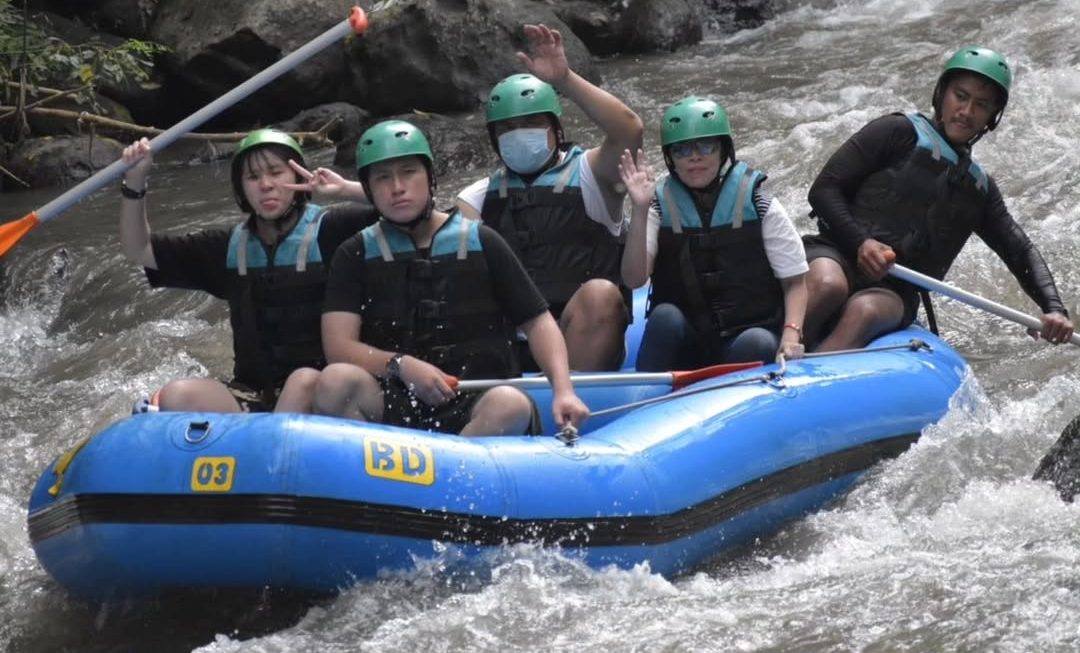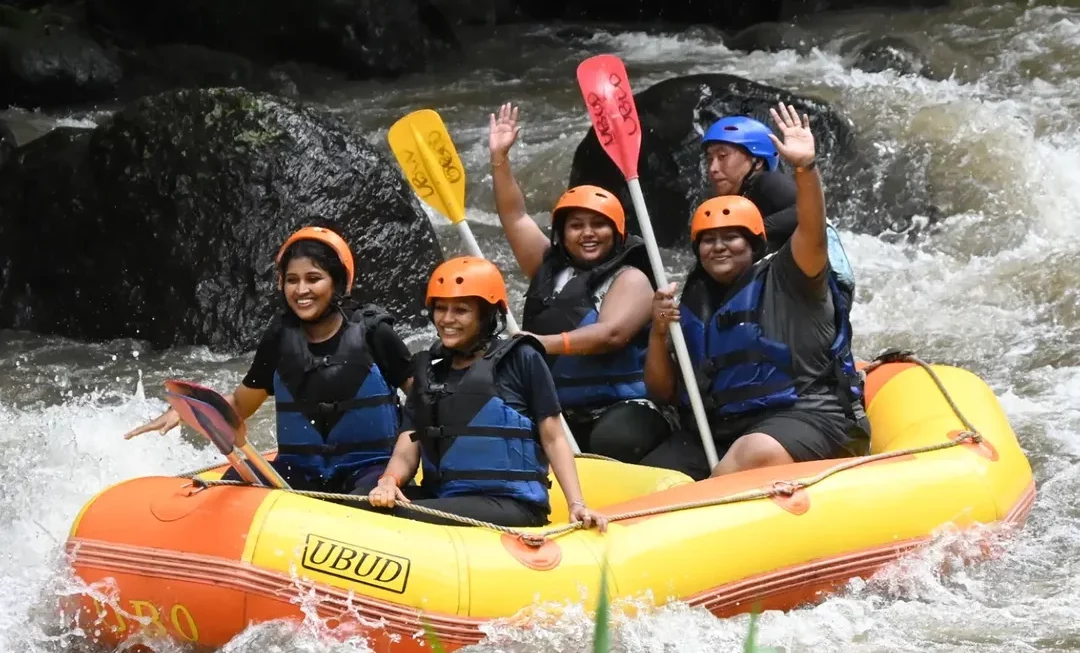Essential Gear for a Safe Outdoor Hiking Experience
Hiking is a fantastic way to connect with nature, get exercise, and escape the hustle and bustle of everyday life. However, it’s crucial to remember that safety should always be your top priority when venturing into the great outdoors. A well-equipped hiker is a safe hiker, and having the right gear can make all the difference in ensuring a pleasant and enjoyable experience. This guide will walk you through the essential gear you need to pack for a safe and memorable hiking adventure.
Choosing the Right Hiking Boots
Your hiking boots are your most important piece of gear, providing support, stability, and protection for your feet. Selecting the right pair can significantly impact your comfort and safety on the trail.
Factors to Consider:
- Fit: Your boots should fit snugly but comfortably, with enough room for your toes to wiggle.
- Support: Look for boots with good ankle support and a sturdy midsole to help prevent injuries.
- Waterproof: Choose boots with a waterproof membrane if you are hiking in wet or snowy conditions.
- Weight: Lighter boots are easier to carry, but heavier boots may provide more support and durability.
Breaking in Your Boots:
- Wear your new boots around the house for short periods to break them in before your hike.
- Avoid wearing them for long distances or intense activities until they are properly broken in.
The Importance of a Comfortable and Functional Backpack
Your backpack is your mobile home on the trail, carrying everything you need for your hike. A comfortable and functional pack is essential for a safe and enjoyable experience.
Backpack Features to Look For:
- Capacity: Choose a pack with a capacity that suits your needs based on the length and type of hike you plan.
- Fit: A proper fit is essential. A backpack should sit comfortably on your back and distribute weight evenly.
- Compartments: Look for a backpack with multiple compartments and pockets to organize your gear efficiently.
- Hip Belt and Chest Strap: These help to transfer weight from your shoulders to your hips, making the pack more comfortable to carry.
Navigation Gear: Maps, Compasses, and GPS
Knowing where you are and how to get back safely is crucial. A combination of navigation tools can help you stay on track.
Essential Navigation Tools:
- Maps: Carry a topographic map of the trail you plan to hike.
- Compass: Learn how to use a compass to determine your direction and navigate the trail.
- GPS: A handheld GPS device or a GPS app on your phone can provide additional navigation assistance.
Weather Protection: Jackets, Pants, and Accessories
The weather can change quickly in the mountains. Being prepared with appropriate clothing is essential for staying comfortable and safe.
Essential Weather Gear:
- Waterproof Jacket: Choose a waterproof and breathable jacket that can protect you from rain, wind, and snow.
- Waterproof Pants: Pack waterproof pants to keep your lower body dry in wet conditions.
- Layers: Dress in layers to adjust your warmth as temperatures fluctuate.
- Hat and Gloves: Bring a hat and gloves for additional warmth and protection.
Staying Hydrated: Bringing Enough Water and Food
Dehydration is a common hiking hazard, so it’s crucial to stay hydrated. Pack plenty of water and snacks to keep your energy levels up.
Hydration Tips:
- Carry Enough Water: Bring at least 2 liters of water per person per day, more if you’re hiking in hot weather or at high elevations.
- Water Filtration: Consider a water filter or purification tablets to make water safe to drink from natural sources.
- Snacks: Pack high-energy snacks, such as trail mix, granola bars, and dried fruit.
Safety Gear: First Aid and Signaling Devices
Hiking can involve unexpected challenges, so it’s important to be prepared with safety gear.
Essential Safety Gear:
- First Aid Kit: Pack a well-stocked first aid kit that includes bandages, antiseptic wipes, pain relievers, and any medications you may require.
- Signaling Devices: Include a whistle, a mirror, and a flashlight to signal for help if needed.
- Emergency Shelter: Consider packing an emergency shelter, such as a lightweight tarp or bivvy sack, for unexpected overnight stays.
Bringing a Flashlight and Backup Light Source
As the sun sets, you’ll need a reliable light source to navigate safely.
Essential Lighting:
- Headlamp or Flashlight: A headlamp allows you to keep your hands free while hiking at night.
- Backup Batteries: Bring extra batteries for your flashlight or headlamp.
Dressing for the Weather
Hiking in different conditions requires appropriate attire.
Dressing Tips:
- Layering: Wear layers of clothing to adjust to temperature changes.
- Synthetic or Wool Fabrics: Choose synthetic or wool clothing that wicks away moisture and dries quickly.
- Avoid Cotton: Cotton absorbs moisture and can stay wet, which can make you cold.
Packing Camping Gear if Planning an Overnight Trip
If you plan on hiking overnight, you’ll need additional camping gear.
Essential Camping Gear:
- Tent: Choose a tent that is lightweight, waterproof, and provides adequate space for your group.
- Sleeping Bag: Select a sleeping bag with a temperature rating appropriate for the expected conditions.
- Sleeping Pad: A sleeping pad provides insulation and cushioning for a more comfortable sleep.
- Cooking Gear: Bring a stove, fuel, pots, and pans for preparing meals.
Dressing in Layers to Adapt to Temperature Changes
One of the most important principles of hiking in any weather is to dress in layers.
Layering Benefits:
- Flexibility: Layers allow you to adjust your temperature by adding or removing clothing as needed.
- Warmth: Layers trap body heat and help you stay warm in cold weather.
- Moisture Management: Layers can help wick away moisture, keeping you dry and comfortable.
Hiking Tips
- Check the Weather Forecast: Plan your hike according to the weather forecast.
- Tell Someone Your Itinerary: Inform someone about your hiking plans, including your route and expected return time.
- Start Early: Begin your hike early in the day to avoid hiking in the hottest part of the day.
- Stay on the Trail: Stick to designated trails and avoid shortcuts.
- Pack Your Lunch and Snacks: Pack enough food and water for the duration of your hike.
- Be Aware of Wildlife: Stay aware of your surroundings and be cautious of wildlife.
Frequently Asked Questions (FAQ)
What are the essential hiking gear items for beginners?
- Hiking boots
- Backpack
- Map and compass
- First aid kit
- Water bottle
- Headlamp or flashlight
- Layers of clothing
- Food and snacks
What type of backpack is best for hiking?
The best type of backpack for hiking depends on the length and type of hike you plan. For day hikes, a 20-30 liter pack is generally sufficient. For overnight trips, a larger pack with a capacity of 40-60 liters may be needed.
How do I choose the right hiking boots?
Look for boots that fit snugly but comfortably, have good ankle support, and are waterproof if necessary. Break in your new boots before your hike to prevent blisters.
What should I pack for a first-aid kit?
Your first-aid kit should include bandages, antiseptic wipes, pain relievers, and any medications you may require. Consider including a wound-closure kit for more serious injuries.
What are some tips for staying safe while hiking?
- Check the weather forecast before you go.
- Tell someone your itinerary.
- Start early to avoid hiking in the hottest part of the day.
- Stay on the trail and avoid shortcuts.
- Be aware of your surroundings and be cautious of wildlife.
By packing the right gear and following safety guidelines, you can enjoy a safe and memorable hiking experience. Remember, proper preparation is key to a successful and enjoyable outdoor adventure.


